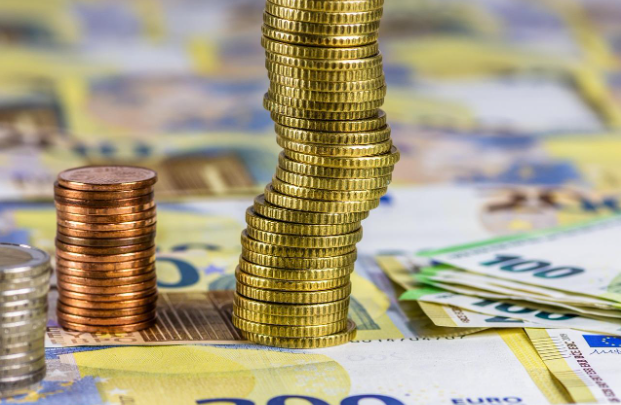Equal pay in Europe: Where does the Gender Pay Gap stand in 2024?
By Lavinia Tacke, 3 minutes.
Source: pixabay
The gender pay gap –everybody has heard about it, but what is the current situation in the EU? What is being done to reduce the gap and how does it vary across member states?
In 2024, the average gender pay gap in the EU remained at 13 percent. The Vice President of the European Commission highlighted this issue in her statement for European Equal Pay Day, which was observed on November 15, 2024. This day symbolically marks the point in the year when women, on average, start ‘working for free’ due to the pay gap.
The gender pay gap differs considerably between the different EU member states. The largest unadjusted gender pay gap in 2023 was found in Latvia, Austria and Czechia. In contrast, the lowest gender pay gap in 2023 was determined in Luxembourg. The unadjusted gender pay gap, unlike the adjusted gender pay gap, compares the averages of all hourly wages.
Why does the Gender Pay Gap still exist?
Why the gender pay gap still exists can be explained by different reasons. The European Commission notes that women are more likely to work in lower paid sectors, especially in fields such as healthcare and education, where women are overrepresented. Additionally, paid and unpaid work are often unequally shared, with unpaid work – including tasks such as childcare – disproportionally falling on women. Furthermore, the European Commission explains that women are still underrepresented in high paid jobs and are less likely to reach leadership positions. Despite these factors, women still earn less than men for equal work, even though gender-equal pay has been enshrined in the European Treaties since 1957.
Austria – What is being done to reduce the gap?
Most measures to reduce the gender pay gap are implemented at the national level. Austria, one of the countries with the largest gender pay gap, has introduced several initiatives in schools and in the labor market. One such initiative is ‘Girls’ Day’, launched in 2001, which gives girls the opportunity to explore male-dominated professions, was inspired by the US ‘Take Our Daughters to Work Day’. Additionally, Austria has taken more recent measures to address the issue, such as improving childcare services and promoting shared parental responsibilities. By making care work more accessible to fathers, the government seeks to lower barriers to women’s full-time employment.
Furthermore, efforts to increase income transparency in the job market have been introduced. Since 2011, various mechanisms – such as online wage calculators and legal requirements – have been implemented to address pay transparency. Another factor contributing to the large gender pay gap is the under-representation of women in leadership positions. According to the Austrian government, in 2024, only 12.2 percent of management positions in Austria’s top companies were held by women. This figure highlights that, despite the introduction of measures such as the Act on Equality between Women and Men in Supervision Boards in June 2017, the corporate leadership in Austria remains predominantly male-dominated. .
In recent years, Austria’s unadjusted gender pay gap has gradually declined. While in 2015 it stood at 21.8 percent, it decreased to 18.3 percent by 2023.
Luxembourg – The country with a negative Gender Pay Gap
Luxembourg, the country with the lowest gender pay gap in Europe, has a negative gender pay gap. While Luxembourg’s gender pay gap was 4.7 percent in 2015, it has decreased to -0.9 percent in 2023, indicating that, on average, women earn more than men. But how did Luxembourg achieve such significant reduction in inequality in the labor market? In 2015, a law established “the principle of equal salaries in the Grand Duchy’s legislation”, making it illegal to pay unequal salaries for the same job.
This comparison shows that the gender pay gap remains a relevant issue. . While the gender pay gaps vary considerably between European countries, the measures implemented show their impact. The gender pay gap has gradually decreased all over Europe, and in 2024, the European average gender pay gap was the lowest it has ever been.
